22 Feb


Why is a Bumper Barrier Needed for Lamp Posts?
A bumper barrier is essential for lamp posts as it protects them from accidental collisions, which can cause costly damage or even render the post unsafe. In areas with heavy vehicle movement, such as car parks or loading bays, lamp posts are vulnerable to being struck by reversing or turning vehicles. A bumper barrier absorbs the impact, preventing damage to the post’s structure and reducing the likelihood of injuries from falling debris. Additionally, these barriers improve visibility, ensuring that drivers are aware of the post’s presence and can navigate safely around it.
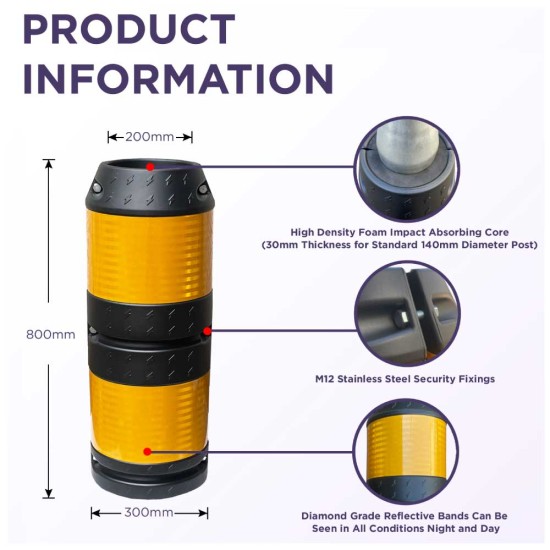
Where Are Lamp Post Protectors Typically Used?
Lamp post protectors are commonly used in areas with high vehicle or pedestrian activity. They are often installed in car parks to prevent vehicles from hitting posts when parking or manoeuvring. In warehouses and industrial sites, they protect lighting fixtures from forklifts and heavy equipment. Public roads and pavements also use protectors to safeguard streetlights from potential traffic collisions. Additionally, they are found in shopping centres, petrol stations, and loading docks, where structures are at risk of accidental impact. Their versatility makes them a vital safety measure in both urban and commercial environments.
Does the Law Require Impact Protectors?
The requirement for impact protectors varies depending on the country, local regulations, and specific site conditions. In some cases, health and safety laws or workplace regulations mandate the installation of protective barriers in areas prone to vehicle collisions, such as warehouses and industrial zones. Car park safety guidelines may also recommend or require barriers to protect lighting and infrastructure. While not always legally required, installing impact protectors is considered best practice for minimising accidents, reducing liability, and ensuring compliance with general safety standards in public and private spaces.

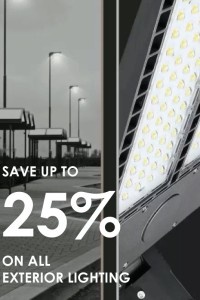
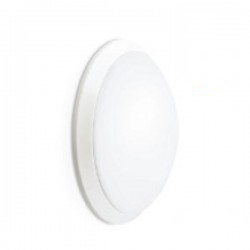
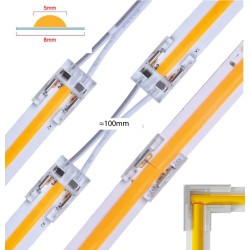
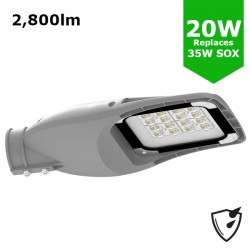
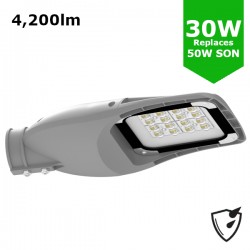
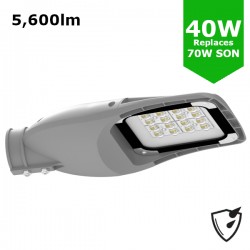
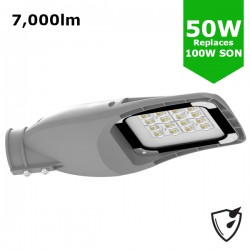
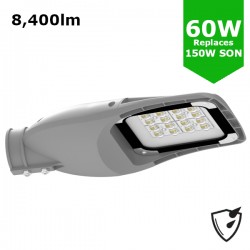
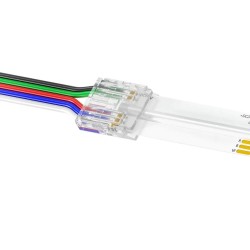

Leave a Comment